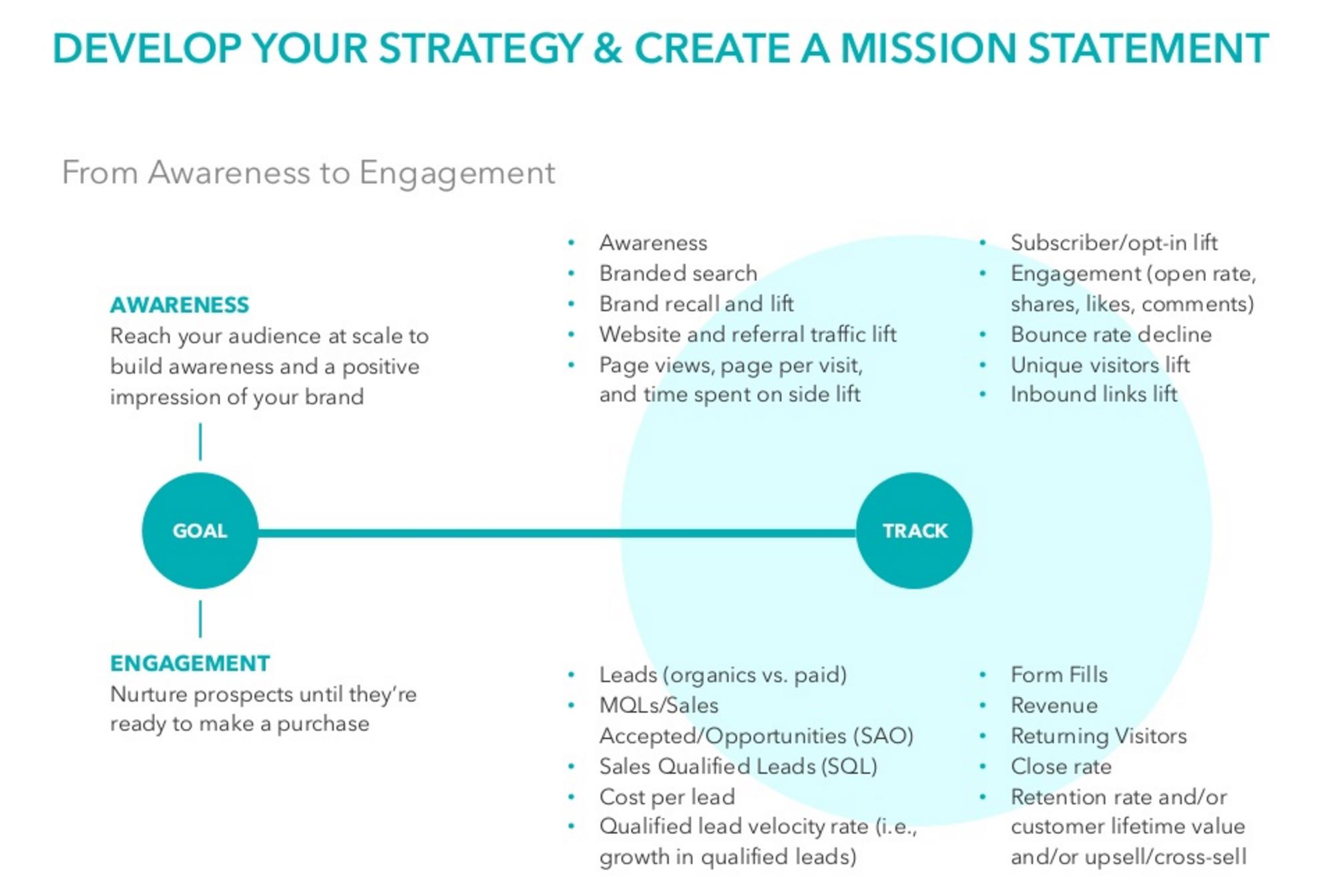
Video aggregators are a way to organize large amounts of video content in one place. They provide search capabilities, recommendations, billing, and billing. You can even use them to find videos related to a specific topic. Choosing the right one is a personal decision, but there are some general principles to keep in mind when selecting a video aggregator. The following is a comparison of some of the most popular video aggregators:
Organising large amounts of video content
As SVOD subscriptions rise, so does the need for an aggregator. Consumers will need assistance in navigating the vast amount of video content, with more than 1.74 million subscribers worldwide. There are many types of aggregators. Some are disruptive players like Amazon, while others are established players such as Pay TV operators. All players agree that video aggregation has a vital role in the future. It provides both consumers and the providers with one point of billing.
There are several factors that determine the need to have an aggregator. First, consumers expect convenience and customization of their video content. They want something that suits their preferences. Hence, streaming services have increased their efforts to make this possible. These consumers can be helped by AVOD aggregators who will assemble and package short clips that match their interests.
Aggregators offer producers many benefits. Aggregators can negotiate better deals on platforms and help smaller movies find theatrical release. Aggregators can help smaller films discover digital distribution opportunities in markets that are not traditional. It is important to not confuse film aggregators with video hosting websites. They act as a bridge between distributors of content and creators.
Although streaming services are growing in popularity, consumers are not satisfied with their user experience. As streaming services become more popular, it will be harder for consumers to find the best content. Video aggregators are essential tools for personalization and flexibility. Accenture found that viewers prefer to watch their favorite content on a single platform, rather than using multiple services.
Search
A video aggregator is needed to make it easier to consume and find content as SVOD subscriptions grow. According to a survey, 62% of pay TV subscribers felt frustrated when trying to find what they were looking for. This frustration has decreased a bit over the last five years, as operators have deployed search and recommendation features to address the frustrations of their subscribers. Several approaches are currently emerging in this space.

The streaming video market has many problems. There are many streaming content providers, each with their own apps. This makes it difficult to find the right content. Intellectsoft designed an app that aggregates content from various providers and indicates which platforms they are available. These video aggregators, which are widely available, are a valuable resource for finding what you want.
This model is both the most simple and the most profitable, but it's also the most difficult to make commercially. Many video aggregators struggle to obtain metadata rights and don't own the content they host. Instead, some of them resort to scraping methods. In addition, video aggregators' revenue models are often limited by their inability to include banner advertising and revenue sharing. They may not be able to gain the attention they deserve.
You can find the most recent news and stories by using news aggregators. These tools can also gather videos relevant to a specific topic. Video aggregators that are most efficient automatically curate videos for users. A great example of this is Google News, which automatically curates stories for users. Google News not only gathers the most recent news but also provides video aggregation and links to other sources.
Recommendations
The growing popularity of SVOD services has led to the rise of video aggregators. Many consumers find it frustrating to access and find content. They are now a crucial component of TV packages. According to a survey, more than half of paid TV subscribers find it difficult or impossible to find content. This is a decrease over the past five decades. While some aggregators only focus on the role as super-aggregators, other aggregators have a core business. In both cases, each aggregator will play a key role in particular segments of market.
The problem becomes more complicated with more OTT service providers. In addition to requiring subscribers navigate multiple services, each service comes with its own credentials as well as payment systems. Video aggregators also have difficulties obtaining metadata rights. In addition, the revenue models for these aggregators are often limited, with little room for banner advertising or revenue sharing.
Video aggregators have many advantages. Many are easy to use, since most of the aggregation process is automatic. In addition, these tools provide a search engine for all available streaming services, reducing the friction associated with multiple websites. As a result, they are more cost-effective for consumers. Here are the top video-aggregators:
Indie films are released only by film aggregators. By putting them on these platforms, they may make it easier for filmmakers to get their films on major VOD and iTunes. While some people are bad actors, there are still many benefits for filmmakers. One, they can help them improve their skills and target younger audiences.
Billing

As the global SVOD market continues to expand, so will the number of SVOD subscriptions. There are over 1.74billion subscribers globally. This will make it difficult for consumers to find the content that interests them. Billing video aggregators have many roles. Some are aggregators only and others provide services to an established industry like Pay TV operators. But, in general, they all play important roles in certain segments. Listed below are some of the most popular.
The first model is the easiest to implement, but the most challenging. Many video aggregators do not host their own content and struggle to obtain metadata rights from content providers. Some resort to scraping. A major problem with aggregation revenue model is that some services may not want to display banner advertisements or participate in revenue sharing. These two revenue models have many advantages.
Consumers can also use billing video aggregators for multiple subscriptions. While a single source of video content means better access for subscribers, it doesn't necessarily mean that finding what they want will be easier. Recent research has shown that 62% subscribers to pay-TV often struggle to find what they are looking. Aggregation services are meant to address this problem. Aggregation services make it easier to manage multiple subscriptions, improve account management, and recommend content.
There are many variations in aggregate fees. They are usually around $1K for a feature-length film. Other fees may be lower. Some aggregators offer revenue-sharing models, which reduce upfront fees. Other aggregators might offer discounts on Compressor and related assets. Some offer discounts to Compressor users and can create assets for them. However, these costs may be more than offset by the benefits of the platform. How do you know if a particular platform is the right one for you?
FAQ
What are some common mistakes people make when using SEO?
SEO is best done properly. SEO isn't a process that can be automated. Your website must be optimized correctly to succeed. A common mistake is to try to trick search engines with black hat methods. Black hat methods can hurt your rankings instead of helping them.
Google Adwords - Can I Increase Sales?
Google AdWords, a popular tool for marketers looking to promote their products and/or services online, is very popular. Users click on sponsored adverts and visit the sites associated with those ads. This helps generate sales leads for businesses.
Is My Website Located Where?
Your website should appear near the top of all search results. That means that it needs to appear near the top of every search result. But, there may be hundreds upon pages in some searches. How can you stand out against these competitors with your website?
How do SEOs work for me?
The first step towards getting a Google ranking is understanding what they are looking for when someone searches for your company name or products on search engines like google. This guide will help to make sure your content is ranked highly by Google. You can also visit our other guides for content marketing.
To start, you'll want to create a plan and think about what kind of keywords you want to target. There are two types, broad keywords (like "digital Marketing") and specific keywords (like "seo".
Next, you'll need to choose a few goals: increasing brand awareness, driving leads, or boosting sales.
Once you have established your goals, you can start writing content. Here are some SEO tips.
After you have written your content, it is time to post it to your website or blog. If you have a website, this might involve updating existing pages. You will need to hire a web developer to help you create one.
Link to your content from blogs and websites after publishing it. This will make your content more visible and increase its exposure.
What are the top tools for on-page SEO?
Video embeds (image alt tags), structured data markup, video and internal links are all great for on-page SEO. You can learn more about these types of issues in this article.
What Does SEO Mean For Small Businesses?
Competing with large companies that spend millions in advertising is the biggest challenge for small businesses. Search Engine Optimization (SEO), allows small businesses to benefit from the same marketing power, without breaking the bank.
Why would I need a SEO strategy?
A good SEO strategy ensures you're not missing out on any opportunities to grow your business. It's not worth having great content if it doesn’t get found!
SEO strategies are a great way to build relationships with people and experts in your industry. With their connections and knowledge, you can learn new techniques and tricks to beat your competitors.
Statistics
- A 62.60% organic traffic boost to that page: (backlinko.com)
- And 90%+ of these backlinks cite a specific stat from my post: (backlinko.com)
- Deleting those 10k pages is one of the main reasons that he improved his site's organic traffic by nearly 90%: (backlinko.com)
- If two people in 10 clicks go to your site as a result, that is a 20% CTR. (semrush.com)
- Sean isn't alone… Blogger James Pearson recently axed hundreds of blog posts from his site… and his organic traffic increased by 30%: (backlinko.com)
External Links
How To
How to Make a Successful Search Engine Optimization Campaign
Creative writing is not for everyone. You need to know how you can stand out.
You will find that many writers are very alike. Writers tend to use the same writing patterns. They repeat the same patterns and fall back upon cliches.
The trick is to break out of those patterns and develop fresh ideas. It's about thinking outside the box.
This also means that you need to find ways to make your writing interesting. When writing for an audience, you must consider what makes them tick. What drives them? What makes them smile? What makes them laugh?
What excites you? What scares them?
When you sit down and write, ask yourself these questions. Next, ask yourself why someone cares about what you are saying. What makes you think anyone would read what you have to say?
Once you've figured that out, it's time to start crafting your story.
Your hook is the first thing you should do. It is important to start with your hook. It is the first impression readers get. Make wise choices.
Next, choose whether you want your piece to be persuasive or informational. Informational pieces explain facts. Persuasive pieces convince readers to agree with you.
Final, choose whether you want to tell stories or show examples. Stories are thrilling. Examples show how something works.